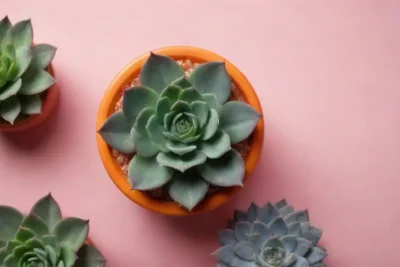
Gardening Tips for Beginner Edible Succulent Enthusiasts
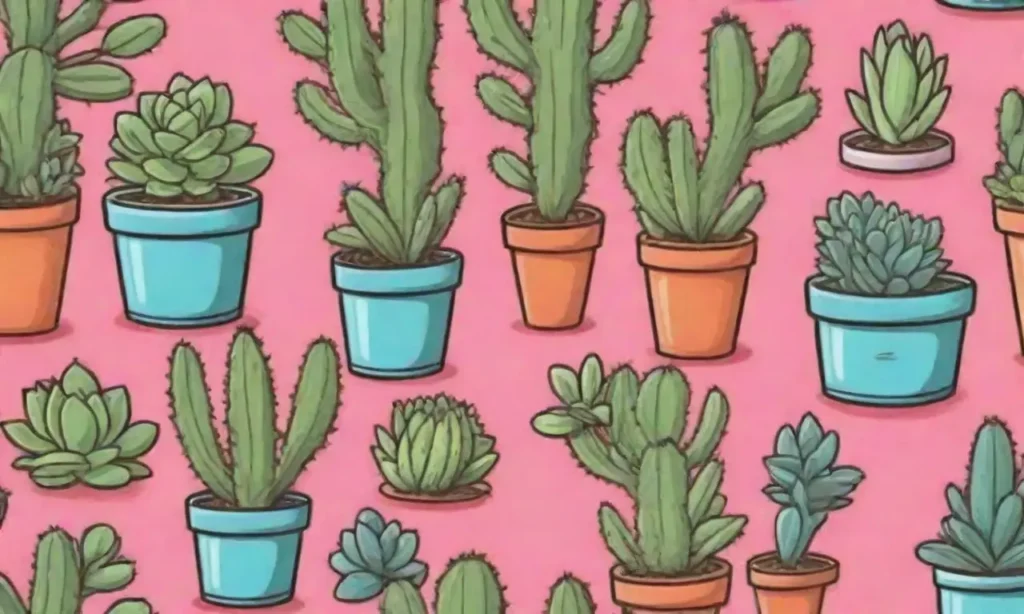
Introduction
The world of gardening can be both exciting and daunting, especially for beginners tasked with cultivating edible plants. Among the many options a novice gardener can explore, edible succulents offer a unique blend of beauty and culinary versatility. These hardy plants not only beautify your space but also provide nourishing and delicious additions to your meals. This article is designed for beginner edible succulent enthusiasts, offering practical tips and insights to help you embark on this fulfilling gardening adventure.
In this comprehensive guide, we'll cover essential aspects of growing edible succulents, including their optimal growing conditions, care instructions, popular varieties to consider, and ways to incorporate them into your culinary efforts. By the end, aspiring gardeners will feel equipped with the knowledge needed to cultivate their very own edible succulent garden. So, grab your gardening tools, and let's dig deeper into the lush world of edible succulents!
Understanding Edible Succulents
Edible succulents are unique plants characterized by their thick, fleshy leaves and stems, which allow them to store water. This ability to retain moisture makes them excellent candidates for drought-tolerant gardens, and their allure also lies in the diverse range of flavors they can offer. Common examples of edible succulents include Aloe vera, Purslane, and Hens and Chicks. Understanding these remarkable plants and their specific needs is the first step in successful cultivation.
The Benefits of Growing Edible Succulents
Cultivating edible succulents in your garden brings with it a plethora of benefits. One of the most appealing aspects is their unique flavor profiles. For instance, Purslane has a tangy, lemony flavor, making it a delicious addition to salads and sandwiches. Additionally, succulents often contain nutrients that are beneficial to your health, such as omega-3 fatty acids found in Purslane. This nutrient-rich plant is not only tasty but can also enhance the nutritional value of your meals.
Another benefit of growing edible succulents is their hardiness. Many succulents thrive in poor soil conditions, requiring minimal maintenance and water. Their ability to withstand drought makes them ideal for individuals with busy lifestyles or those living in regions with low rainfall. This adaptability allows beginners to enjoy gardening without the constant pressure of maintaining thirstier plants.
Finally, integrating succulents into your garden space enhances its visual appeal. The diverse shapes, colors, and textures of these plants can create striking focal points in your garden while simultaneously providing ingredients for your culinary creations. This diverse range of aesthetics can add depth and interest, making your gardening experience that much more rewarding.
Essential Growing Conditions for Edible Succulents
Understanding the environmental needs of edible succulents is crucial to ensuring their health and productivity. While succulents are generally resilient, there are specific factors to consider for optimal growth.
 Tasty Edible Succulent Smoothies: Recipes for Every Taste
Tasty Edible Succulent Smoothies: Recipes for Every TasteLight Requirements
One of the most important factors to consider when growing edible succulents is light exposure. Most succulents thrive in full sun, requiring at least six hours of direct sunlight daily. Placing your succulents in a south-facing location will help them absorb maximum sunlight. If you're growing your succulents indoors, a bright windowsill typically provides adequate light. However, you may need to rotate them periodically to promote even growth and prevent them from leaning toward the light source.
If direct sunlight is scarce in your area or you live in a particularly hot climate, be mindful of the potential for sunburn. Some succulent varieties, like Aloe vera, can scorch if exposed to intense, direct sun for extended periods. In these cases, consider providing some afternoon shade or using sheer curtains to filter light.
Soil and Drainage
The type of soil you use is equally important in nurturing edible succulents. These plants require a well-draining soil mix that ideally consists of a combination of potting soil and sand or perlite. This blend promotes adequate drainage and helps prevent root rot, which can occur in poorly-draining soils. In containers, utilizing pots with drainage holes will ensure excess water can escape, keeping the roots healthy and promoting overall plant vitality.
Before planting, it’s beneficial to amend your soil with organic matter, such as compost or worm castings, as this provides essential nutrients for growth. Just remember: while succulents enjoy some organic material, avoid overly rich soils that retain too much moisture, as this could hinder your succulents' growth.
Watering Techniques
Watering correctly is crucial for maintaining healthy edible succulents. One of the most common pitfalls beginners face is overwatering. Unlike traditional garden plants, succulents need to be watered less frequently; allow the soil to completely dry out between watering sessions. A general rule of thumb is to water your succulents once every two to three weeks, depending on your local climate conditions.
When it comes to watering, make sure to soak the soil thoroughly, allowing excess water to drain out of the pot. Avoid getting water onto the leaves themselves, as this can lead to rot and fungal diseases. Instead, direct water at the base of the plant, focusing on the root zone. In the winter months, when succulents enter a dormancy period and growth slows, reduce watering even further to prevent excess moisture accumulation.
Popular Edible Succulent Varieties
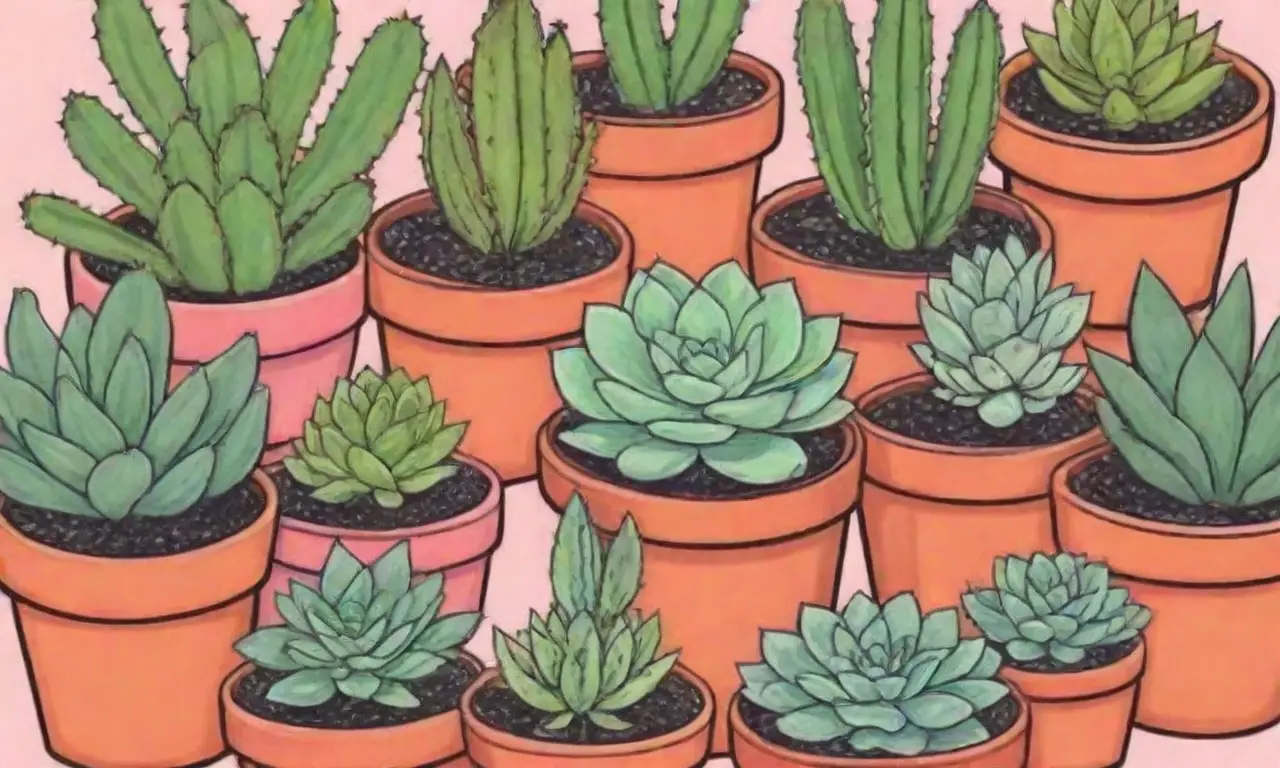
 Exploring Homemade Remedies with Edible Succulents
Exploring Homemade Remedies with Edible SucculentsWith a plethora of succulent options available, knowing which edible varieties to select can be overwhelming. Here, we’ll highlight some exceptional choices, each with distinctive flavors that can enrich your culinary experiences.
Aloe Vera
Aloe vera is perhaps one of the most well-known edible succulents. It is famed for its medicinal properties, as the gel found within its thick leaves has soothing qualities for burns and skin irritations. In the kitchen, Aloe vera can be incorporated into smoothies and juices or even used as a garnish for various dishes. When harvesting the sap, ensure you only use the clear gel and avoid the latex-like yellow substance for culinary uses.
Growing Aloe vera is relatively easy—it requires minimal water and thrives in bright light. Be cautious not to overwater, as Aloe can suffer from root rot if exposed to excessive moisture. With proper care, this succulent can grow into a sizeable, lush plant, providing you with a sustainable source of edible leaves.
Purslane
If you're looking for a succulent that is not only delicious but also packed with nutrients, Purslane is an excellent option. This leafy green thrives in well-drained soil and prefers full sun, making it ideal for warm climates. Purslane features thick, succulent leaves with a distinctive slightly tangy flavor, and it's often used in salads, stir-fries, or as a garnish for various dishes.
Purslane is a vigorous grower, and once established, can spread quickly. This means you might need to harvest regularly to keep it in check. When growing Purslane, be diligent about pest control, as it can attract aphids and other insects. Regular inspections will help ensure a healthy and bountiful harvest.
Hens and Chicks
Hens and Chicks, also known as Sempervivum, are cold-hardy succulents that produce rosettes of leaves, making them visually appealing additions to any garden. These plants are not only decorative but also surprisingly edible. The leaves, when harvested young and tender, can be used in salads or served alongside dips.
These succulents thrive in dry conditions and require consistent sunlight. As they are tolerant of various soil types, they're ideal for beginner gardeners looking for low-maintenance options. To grow Hens and Chicks successfully, simply plant them in a sunny spot and allow them to flourish with minimal intervention.
 Pairing Wine with Edible Succulents: An Expert’s Guide
Pairing Wine with Edible Succulents: An Expert’s GuideCulinary Uses for Edible Succulents
The flavor profiles of edible succulents lend themselves to a variety of culinary applications. With creativity and a little experimentation, there are countless ways to incorporate these unique plants into your meals.
Incorporating Succulents into Dishes
Edible succulents can add flavor, color, and texture to your culinary endeavors. For instance, Purslane's tangy leaves can enhance salads, lending a fresh and vibrant note. Simply toss them into your favorite green salads or use them as a savory ingredient in savory dishes such as stir-fries or sautéed vegetables.
Aloe vera gel can be blended into smoothies for a refreshing drink, or used as a unique ingredient in desserts. This versatile succulent provides a wonderful way to introduce unique textures to your meals and beverages. Mix Aloe vera with fruits like mango or pineapple for a tropical twist or blend it into yogurt for a cooling effect during hot weather.
Hens and Chicks can add quite an unexpected twist to traditional recipes. Use the young leaves in salads or as a garnish for soups, providing a pleasant crunch and unique flavor. Also, consider dehydrating the leaves to create a flavorful sprinkle over dishes or introducing them into grain bowls as a nutritious topping.
Preparing and Storing Edible Succulents
Once harvested, knowing how to properly store and prepare your edible succulents is vital. Most of these plants are best consumed fresh, but there are ways to extend their shelf life. For leafy varieties like Purslane, store in a damp cloth or perforated bag in the refrigerator to maintain freshness and crunch for up to a week.
When it comes to preparing your succulents for cooking, ensure that you wash them thoroughly to remove any dirt or residual pests. For Aloe vera, carefully cut open the leaf and scoop out the clear gel, taking care to avoid the yellow latex substance that can cause gastrointestinal discomfort if ingested. For Hens and Chicks, simply pluck the younger and more tender leaves for use in dishes.
Utilizing edible succulents in your kitchen not only adds delightful flavors to your meals but also encourages a farm-to-table approach. By growing your ingredients right at home, you can enjoy the unique satisfaction of cultivating and consuming your very own garden treasures.
 Baking with Succulents: Sweet Treats That Incorporate Edibles
Baking with Succulents: Sweet Treats That Incorporate EdiblesConclusion
Growing edible succulents is an enriching experience that combines gardening with the joys of cooking. These unique plants stand out for their ability to thrive with minimal care while offering a bounty of flavors and nutrients that can enhance your meals. By understanding their ideal growing conditions, watering techniques, and culinary versatility, beginner gardeners can cultivate a productive and stunning edible succulent garden.
Moreover, edible succulents allow you to explore the art of gardening while reaping the benefits in the kitchen. From smoothies to salads, the creative possibilities are endless. So, whether you choose to grow Aloe vera for its soothing gel, or Purslane for its vibrant taste, you are opening the door to a world of flavor and delight.
Remember that patience and observation are key when gardening. Embrace the learning process, and don't hesitate to experiment with your edible succulents in your dishes. As you build your gardening skills, you'll enjoy the fruits—or rather, leaves—of your labor in both the garden and your kitchen. Happy gardening!
If you want to read more articles similar to Gardening Tips for Beginner Edible Succulent Enthusiasts, you can visit the Edible Succulents category.

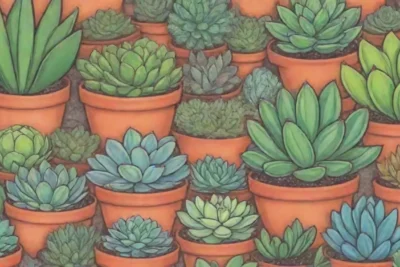
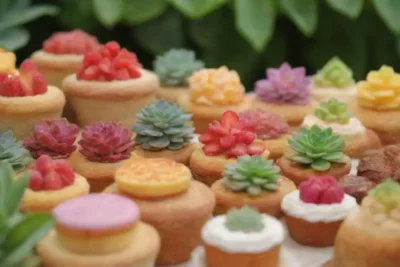

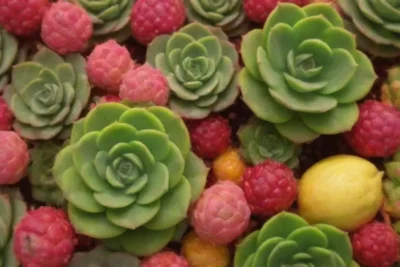
You Must Read